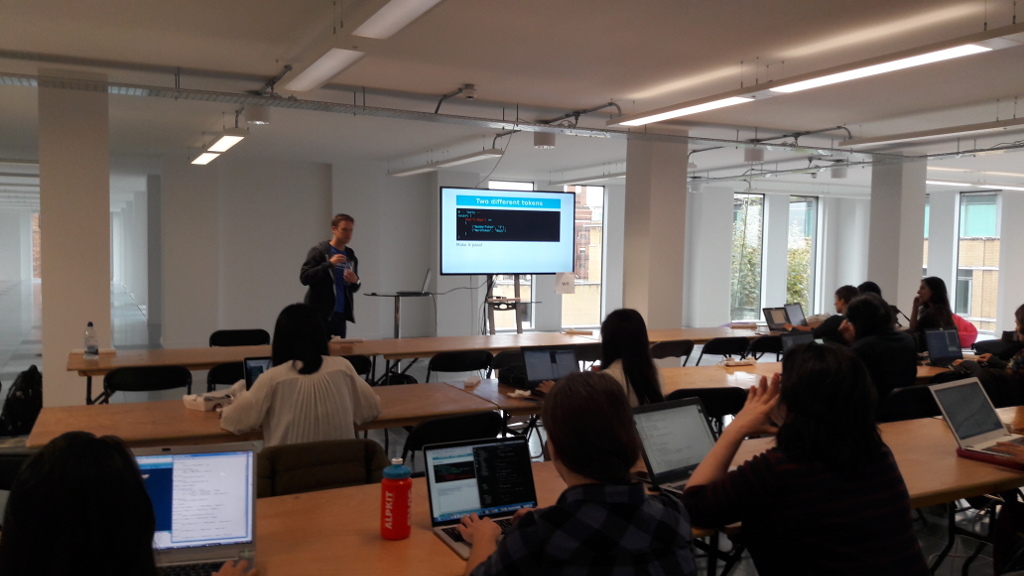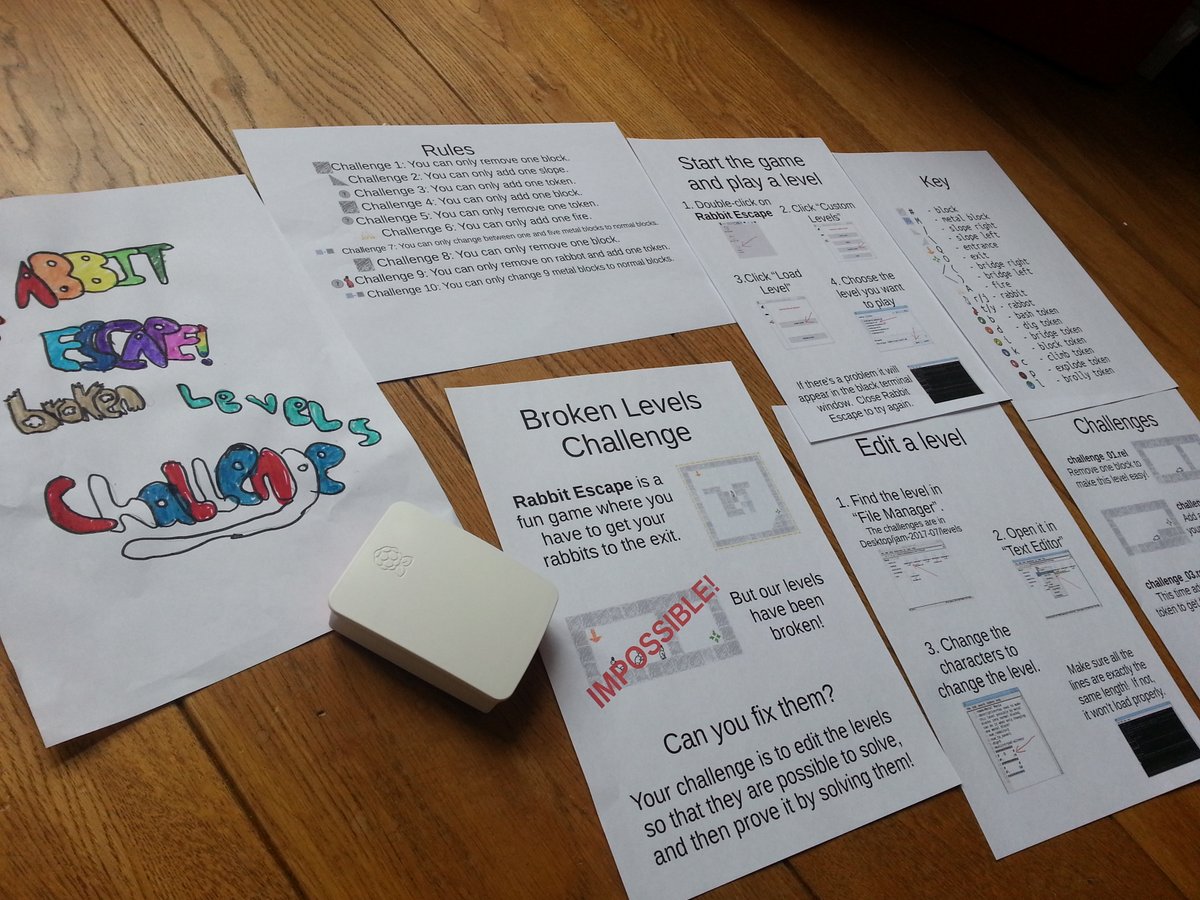Here is an almost-minimal example of a systemd service file, that I use to run the Mastodon bot of my generative art playground Graft.
I made a dedicated user just to run this service, and installed Graft into /home/graft/apps/graft under that username. Now, as root, I edited a file called /etc/systemd/system/graft.service and made it look like this:
[Service] ExecStart=/home/graft/apps/graft/bot-mastodon User=graft Group=graft WorkingDirectory=/home/graft/apps/graft/ [Install] WantedBy=multi-user.target
Now I can start the graft service like any other service like this:
sudo systemctl start graft
and find out its status with:
sudo systemctl status graft
If I want it to run on startup I can do:
sudo systemctl enable graft
and it will. Easy!
If I want to look at its output, it’s:
sudo journalctl -u graft
As a reward for reading this far, here’s a little animation you can make with Graft:

If you want the service to be restarted whenever it fails, under [Service] add something like this:
Restart=always RestartSec=3
More info at: Jon Archer’s blog post.




